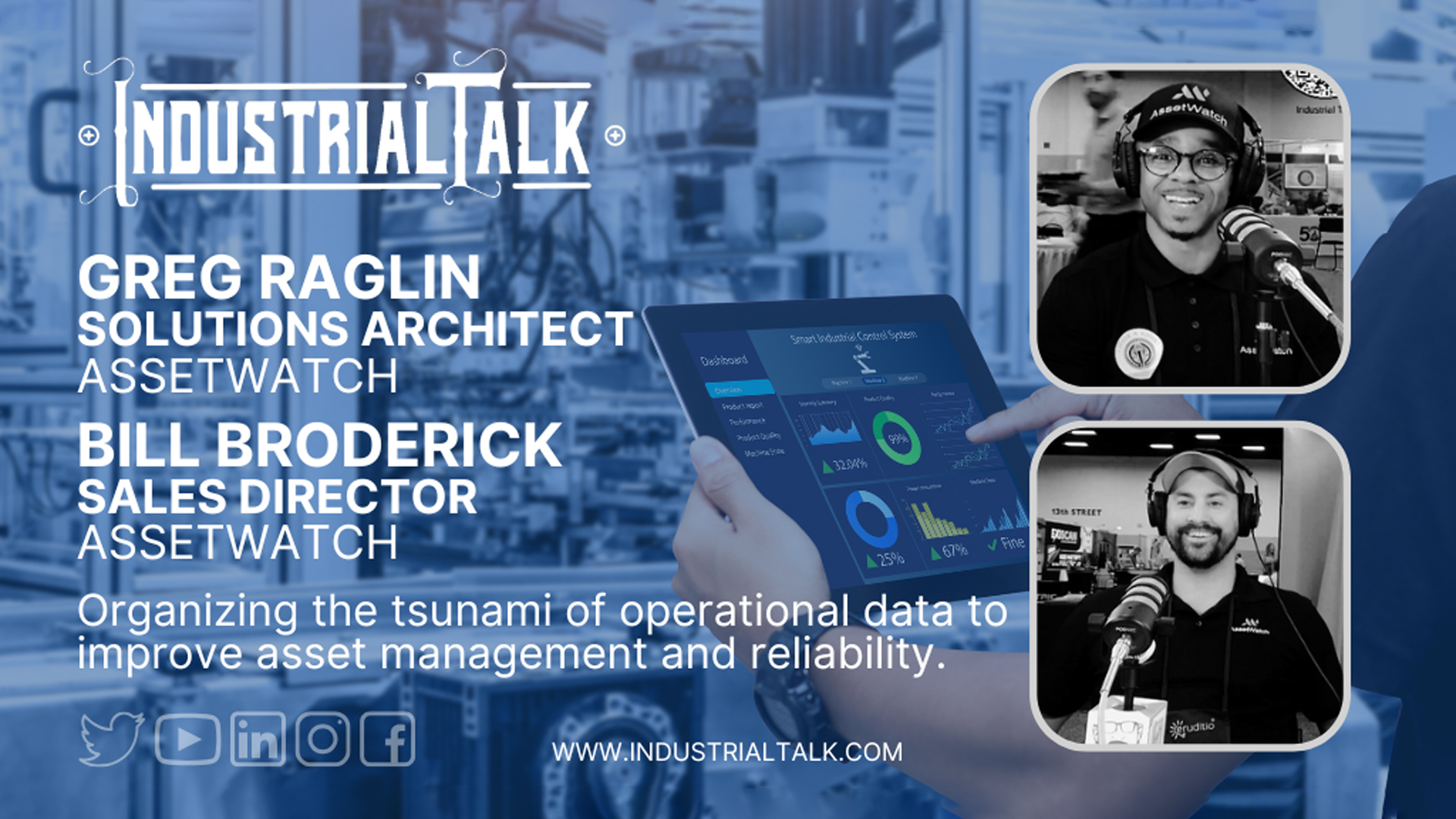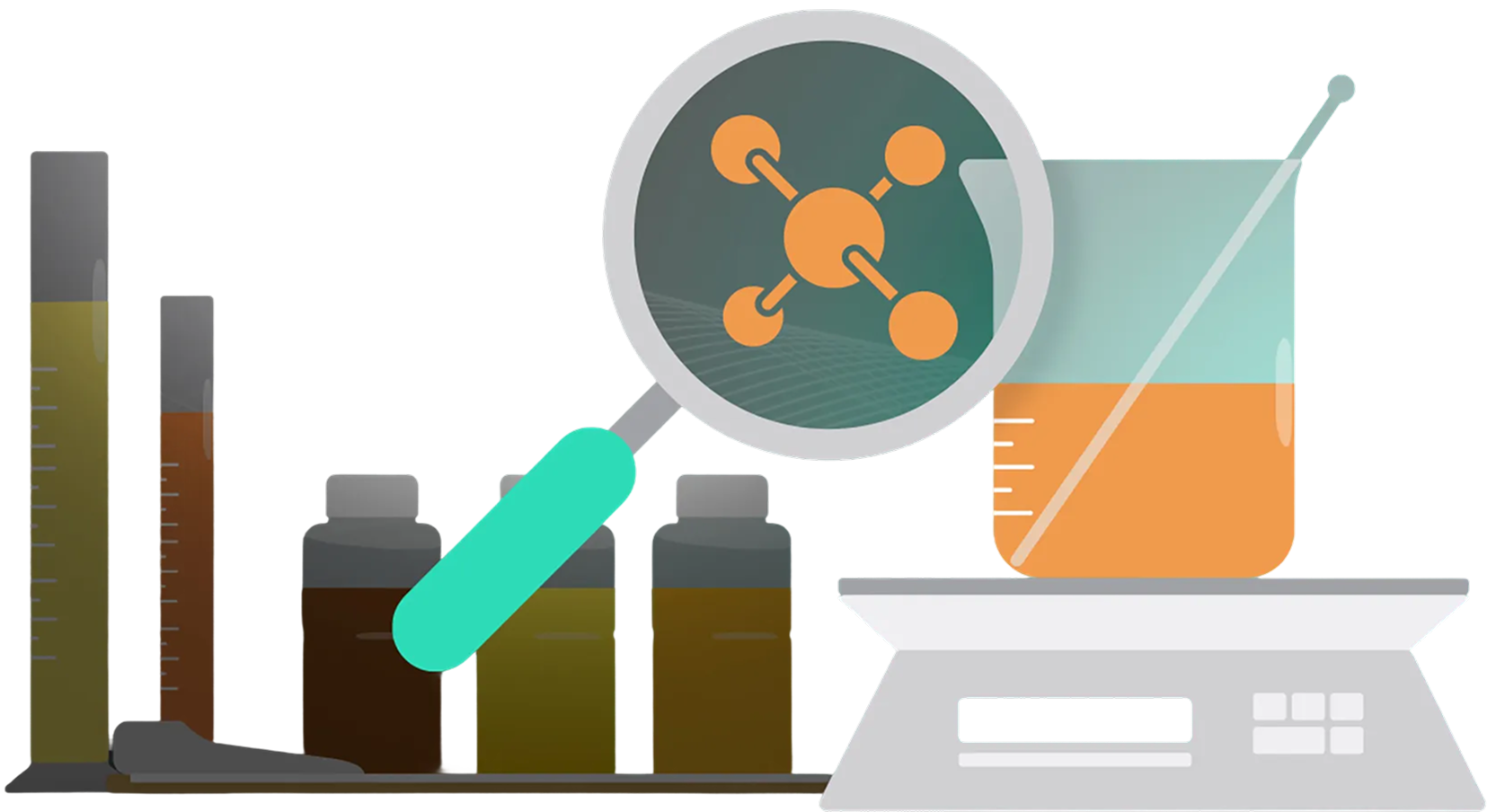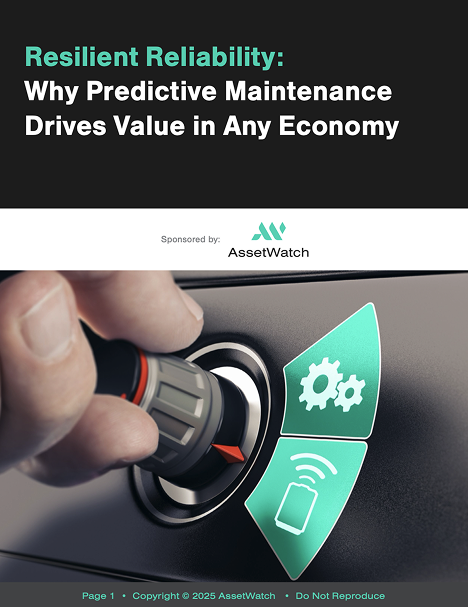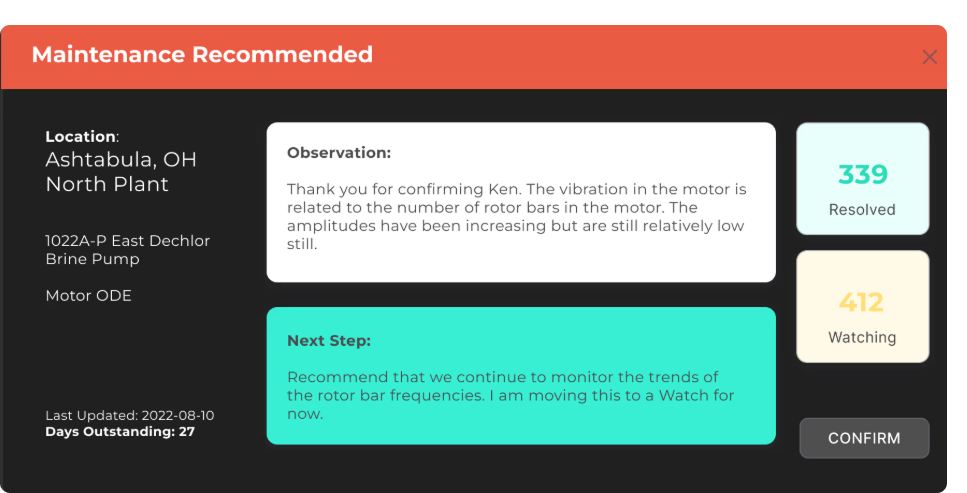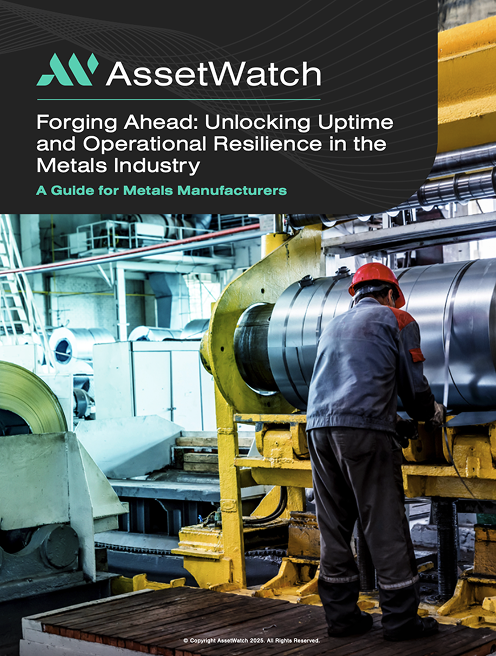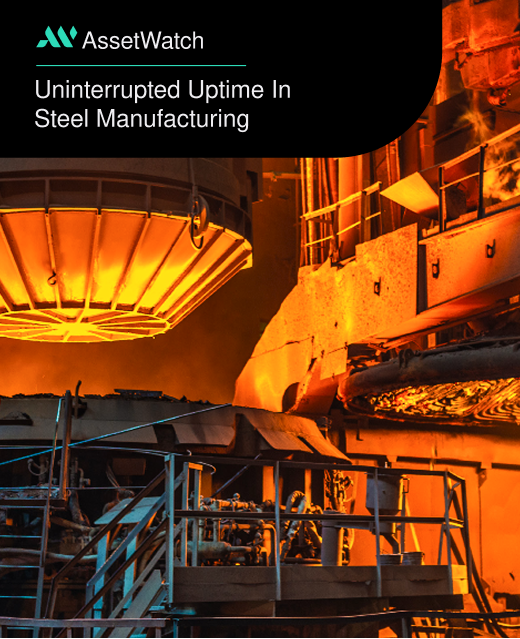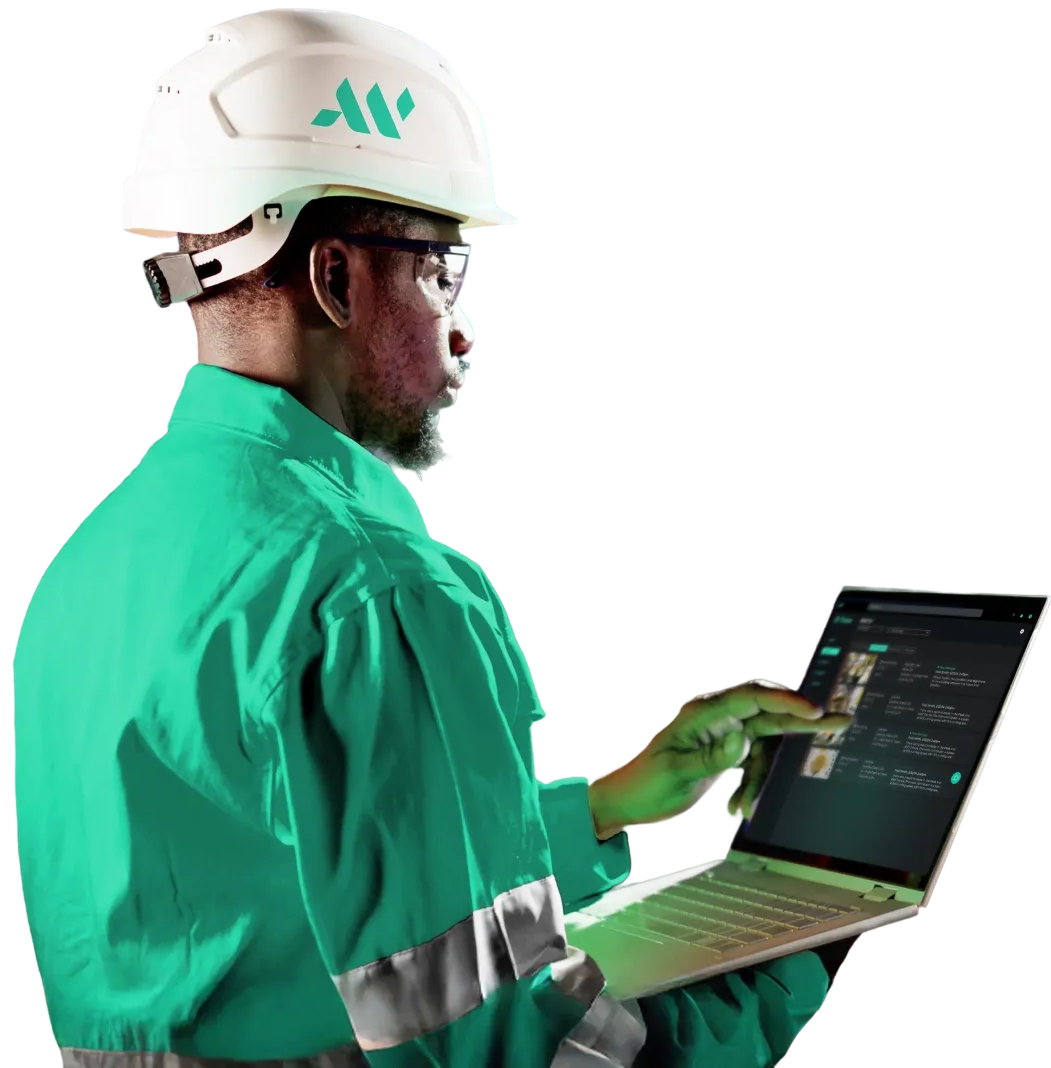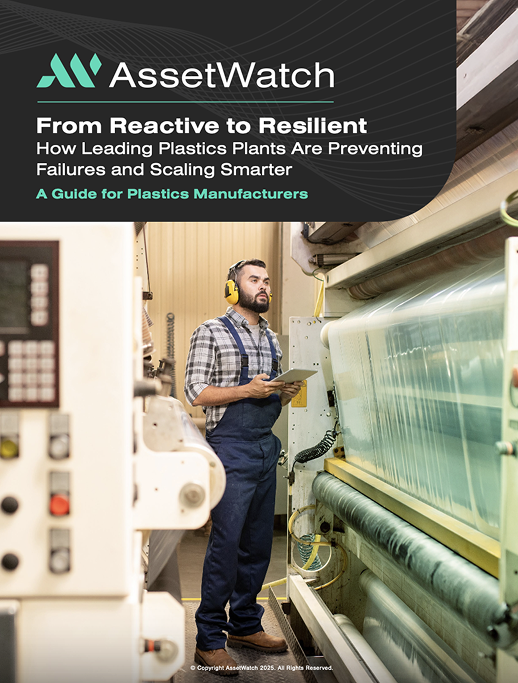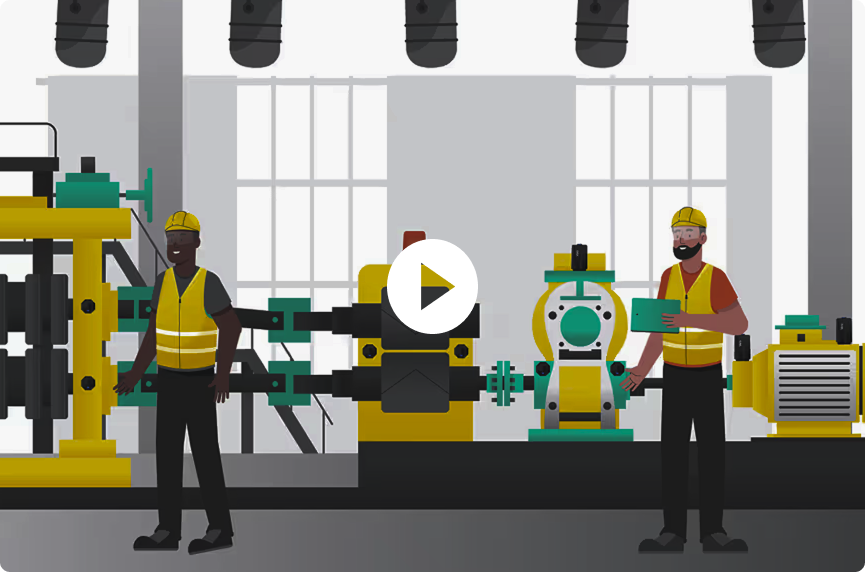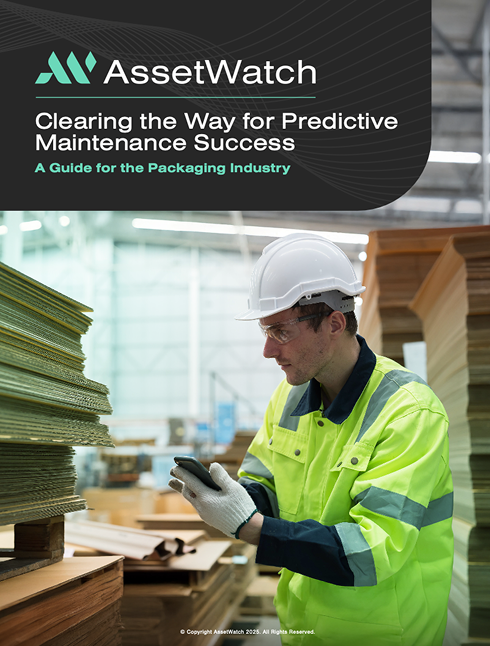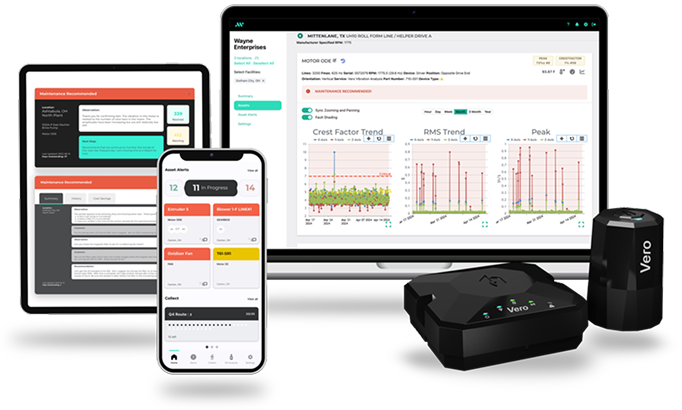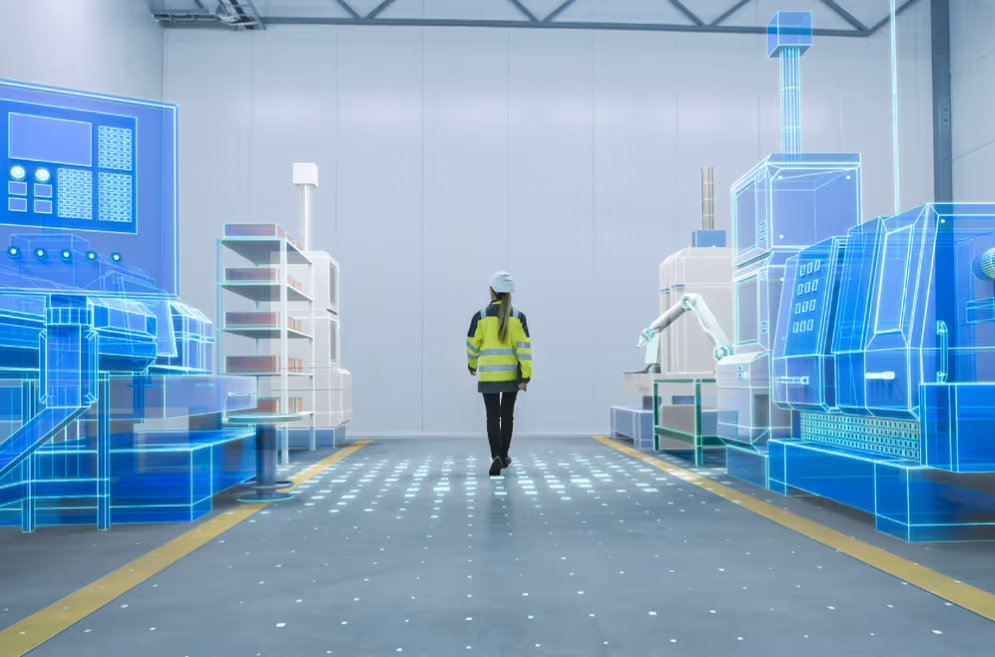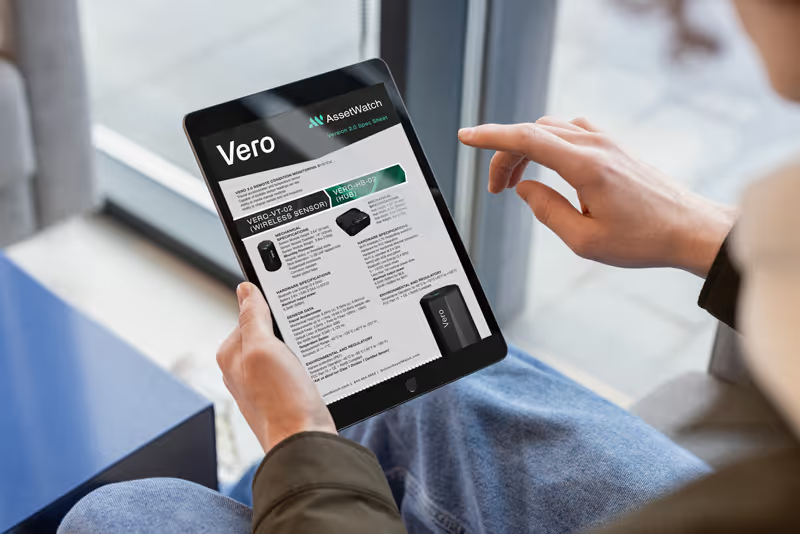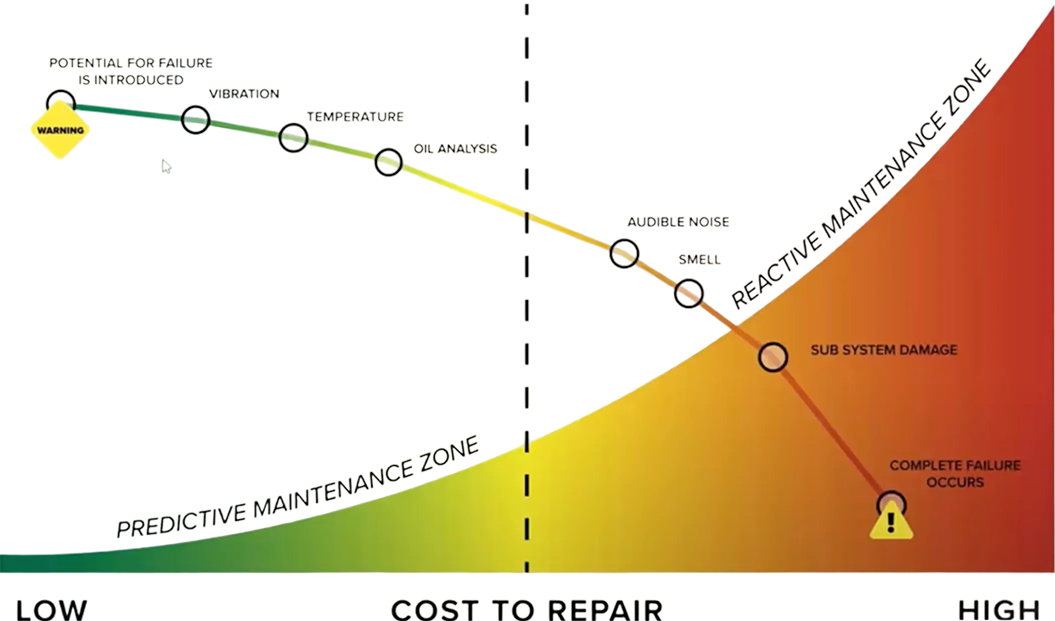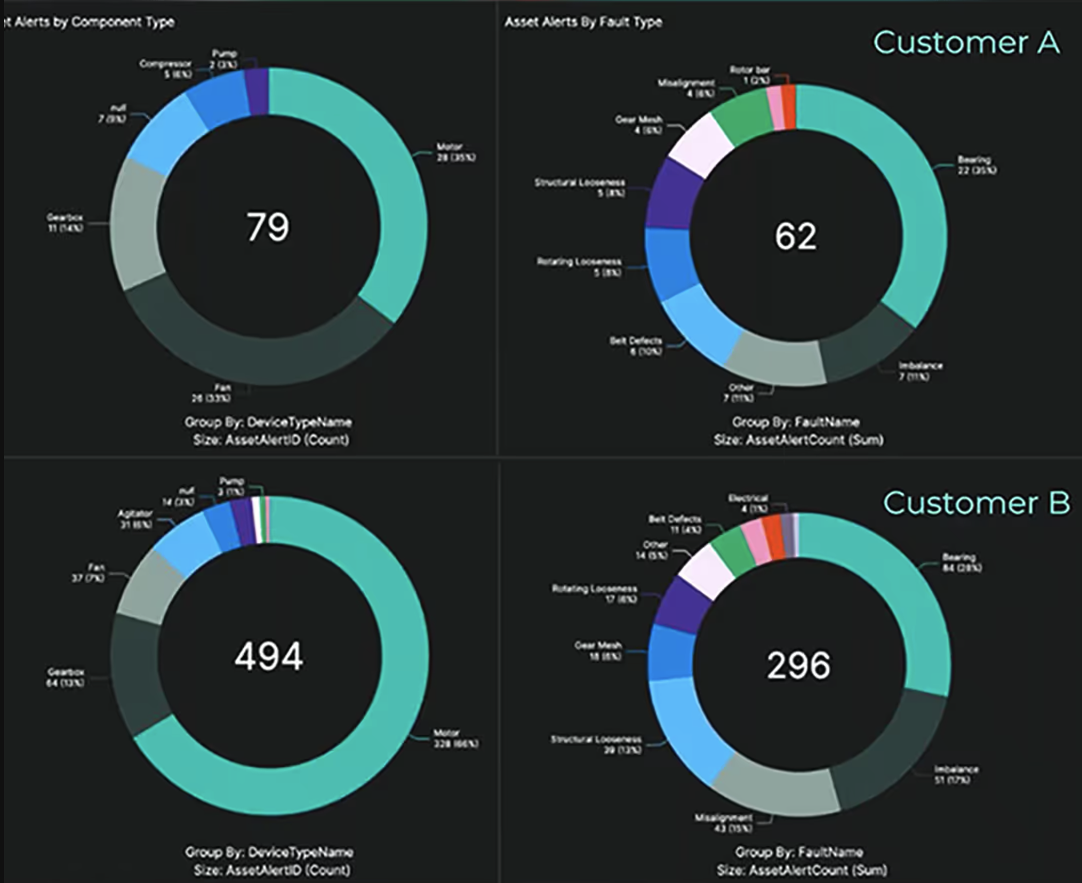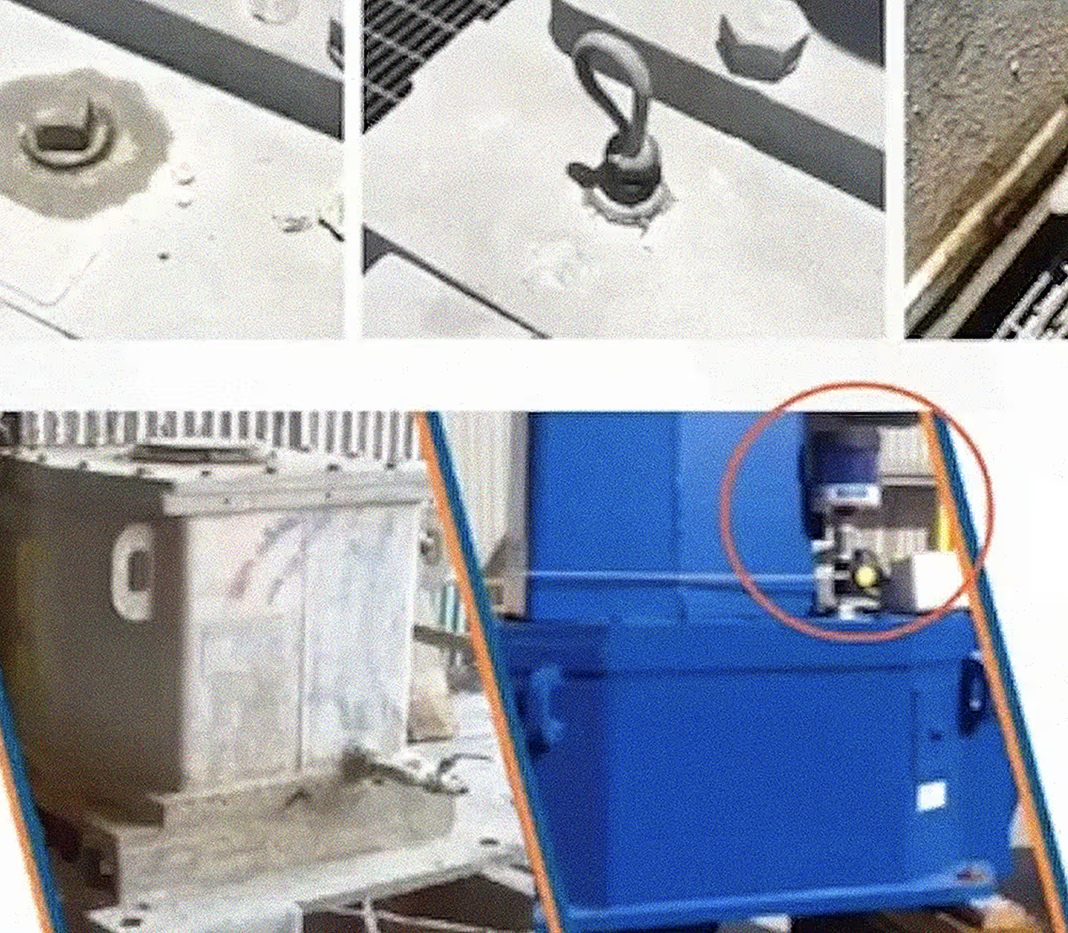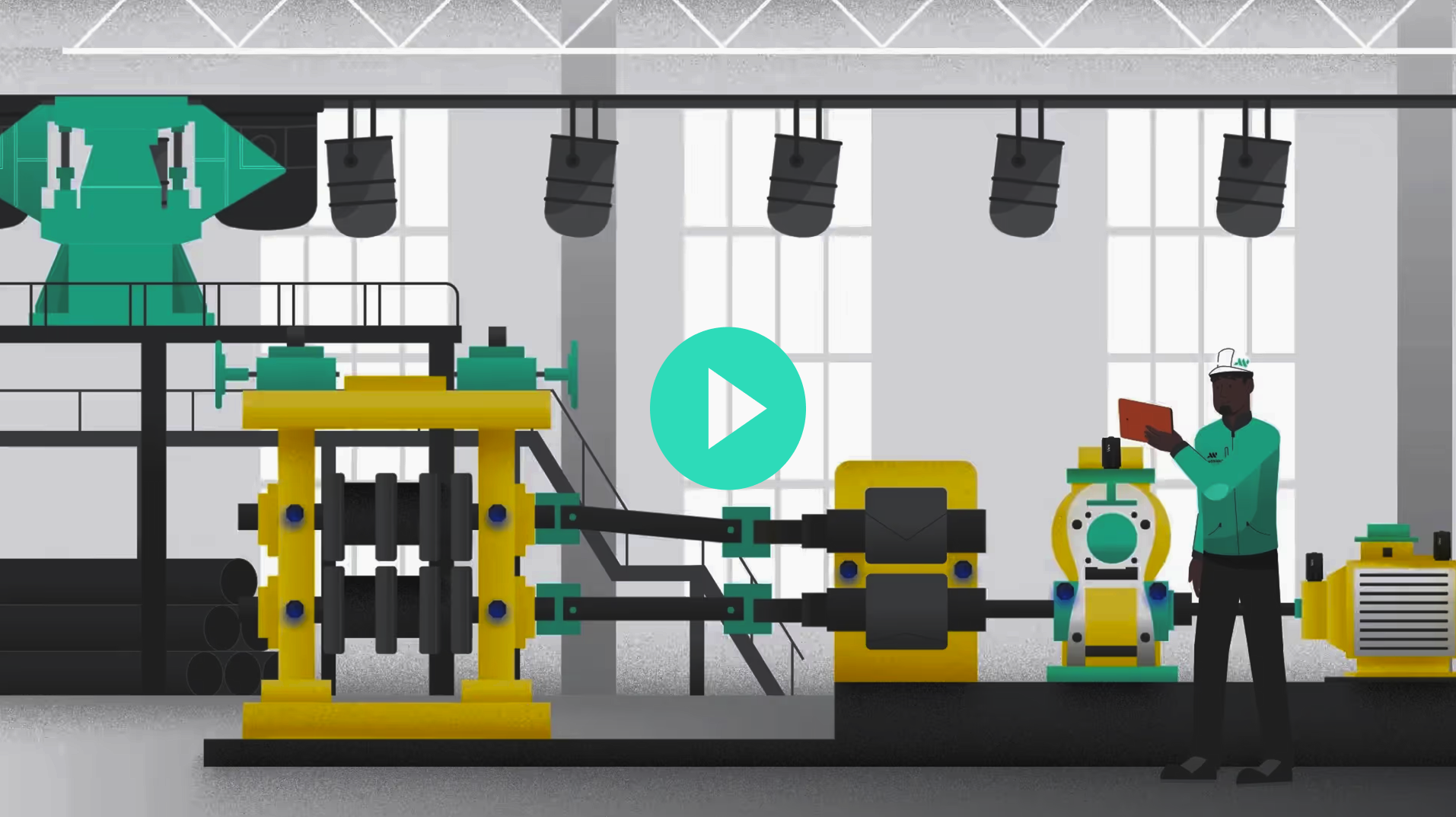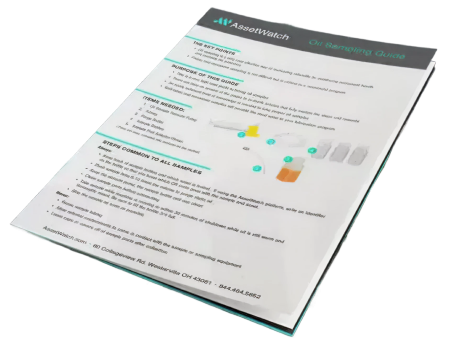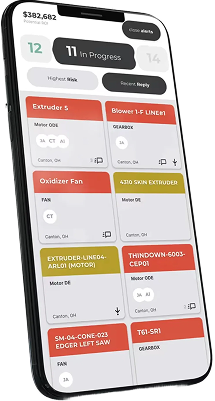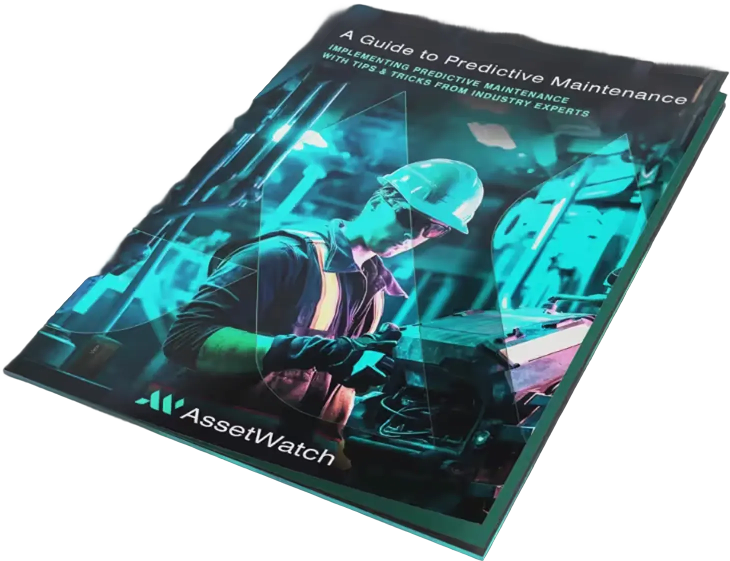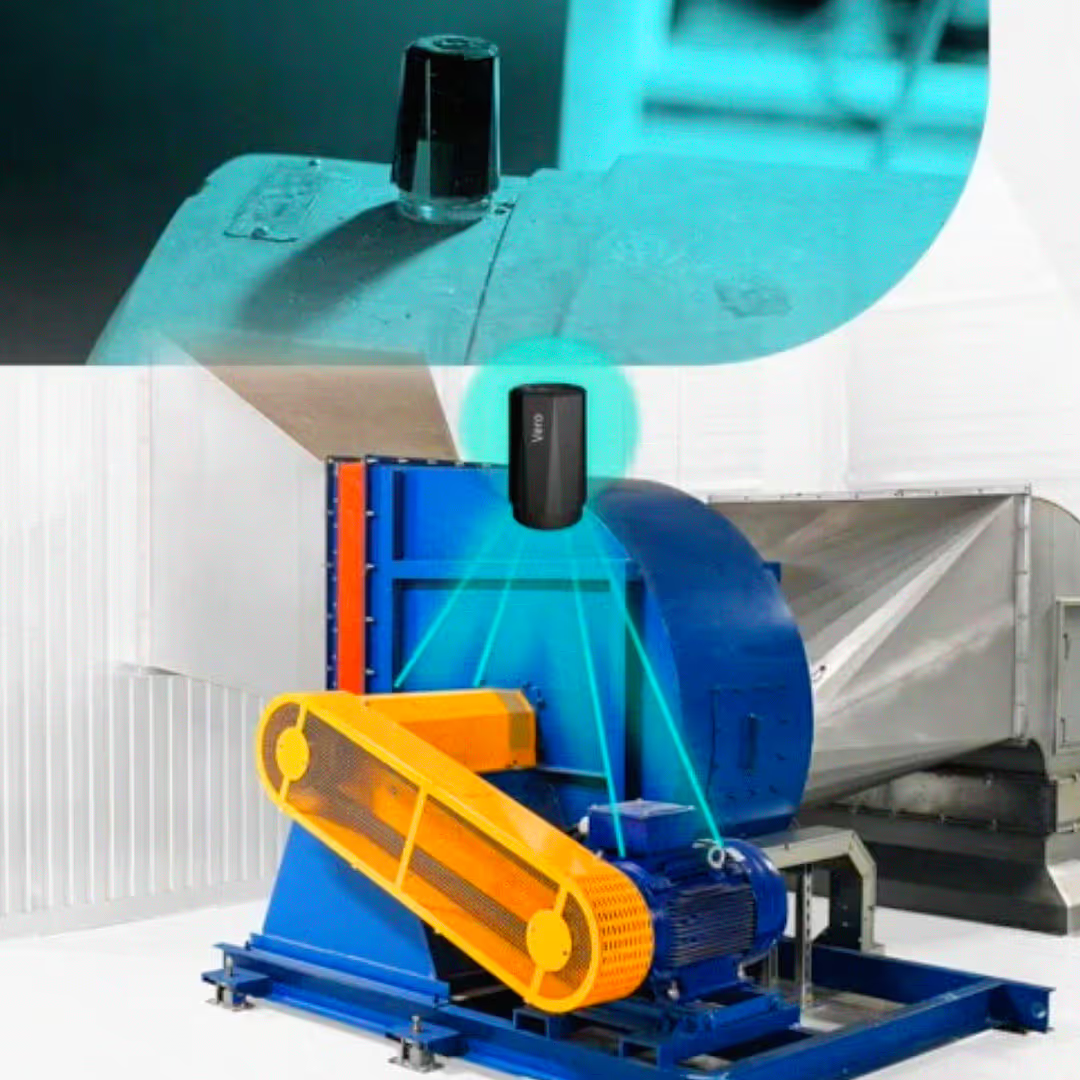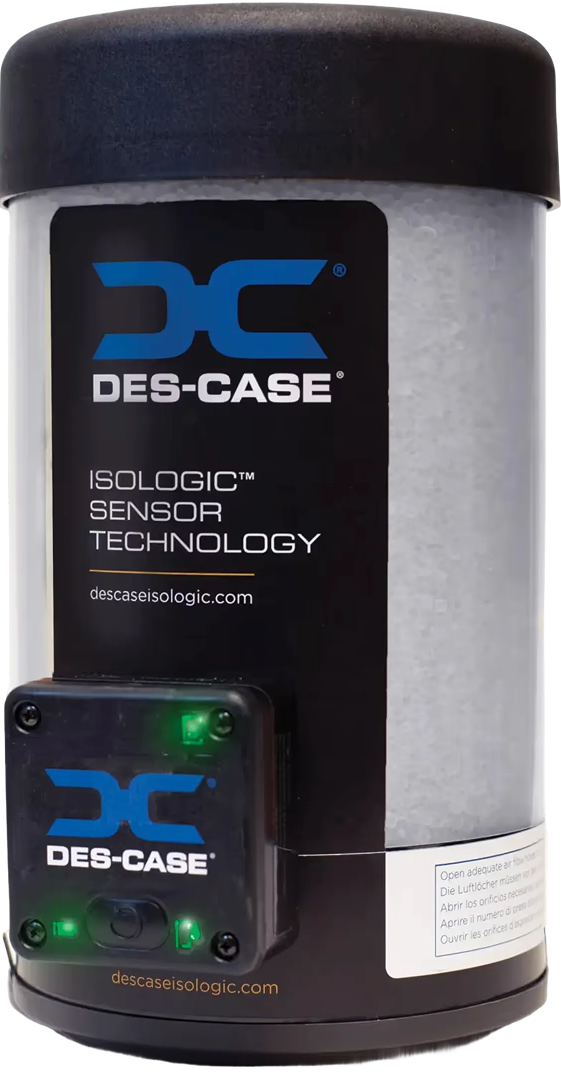The value of a condition monitoring alert isn't the early warning it provides, but how you respond to it. Depending on when and how you act, you're looking at either a quick planned fix or an emergency scramble.
How can you be sure you're taking the right steps, in the right order, to prevent failures?
If your team is relying on a condition monitoring engineer (CME) who's dedicated to your facility and guiding you to resolution, you know that every step—from alert validation to repair planning—benefits from prescriptive guidance. Your CME partnership, along with this checklist of predictive maintenance best practices, can help you transform your maintenance approach into calm, proactive problem-solving that maximizes uptime, lowers maintenance costs, enhances reliability, and simplifies your day to day.
1. Assess the alert immediately and work with your CME to prioritize maintenance tasks
The first item on your predictive maintenance checklist is critical: check in, get the context you need, and act fast. Alerts from your condition monitoring system provide valuable early warnings of potential issues, but they require smart validation.
✔ Review the alert details. Your CME has reviewed the raw data, validated the alert, and determined if it’s a true issue or a false positive. Your system delivers context: asset ID, sensor type, anomaly type, and severity. Real-time data shows whether the issue is stable, worsening, or intermittent.
✔ Confirm data quality. Reliable condition-based maintenance depends on high-quality data. Work with your CME to verify the reading’s accuracy, check sensor connections, and review recent maintenance records.
✔ Prioritize with CME input. Assess how critical the asset is to production and safety. Together with your CME, you can decide whether the issue demands immediate attention or can be scheduled for planned downtime.
2. Conduct a physical inspection based on CME guidance to confirm asset condition
Once you’ve validated and prioritized the alert, it’s time for the hands-on check. This is where the partnership between your maintenance team and CME becomes even more valuable. This close collaboration ensures every inspection is targeted, thorough, and productive.
✔ Plan the inspection together. Your CME can advise what specific signs to look for based on the anomaly detected—abnormal sounds, heat, vibration patterns, leaks, or wear.
✔ Perform the physical inspection. Your maintenance personnel conduct the on-site review but stay in communication with the CME. Use photos, video calls, or documentation to share findings for remote support.
✔ Document all observations. Log findings in your CMMS with input from your CME. Detailed records help your entire team spot patterns over time, enhancing future predictive maintenance efforts.
3. Work with your CME to plan and schedule the repair in your CMMS
Once the issue is confirmed, the CMMS will automatically generate a work order request. Planning of maintenance activities is critical to ensuring your team is ready and equipped to keep production running smoothly and safely.
✔ Determine urgency with your CME. Together, assess the risk: Is this an immediate threat? Can it wait for planned downtime? Your CME's data analysis and experience provide invaluable guidance here.
✔ Schedule wisely. Work with your CME to integrate the repair into your preventive maintenance checklist or upcoming maintenance windows. Their insights can help align maintenance needs with production schedules.
✔ Ensure resource readiness. Your CME can help identify the right parts, tools, and skills needed for the repair, reducing delays and unplanned stops. This proactive planning is a cornerstone of both predictive and preventive maintenance strategies.
✔ Communicate the plan across teams. With your CME’s recommendations, maintenance managers can clearly explain timing and steps to operations and production teams, avoiding surprises and building alignment.
4. Execute the repair with CME-supported best practices
Now it’s time to take action to prevent equipment failure.
✔ Follow standard procedures. Use documented maintenance processes to ensure consistent, high-quality work. Whether replacing a bearing, realigning components, or managing lubrication, consistency prevents errors.
✔ Leverage your CME’s expertise throughout. Stay connected during the repair. Your CME can help troubleshoot unexpected findings, validate work steps, or interpret live sensor data during testing.
✔ Record work details in the CMMS. Log parts used, time spent, team members involved, and test results. Your CME can review this information to ensure accuracy and provide feedback for continuous improvement.
✔ Verify and confirm success. Don’t simply assume the repair worked. Your CME can help interpret post-repair monitoring data to confirm that vibration and temperature are back to safe levels, ensuring optimal equipment performance.
5. Analyze, learn, and optimize your predictive maintenance program with your CME
The last item on your checklist is often the most overlooked—but it’s what truly unlocks the benefits of predictive maintenance and transforms your maintenance program into a learning, improving system.
✔ Review the event with your CME. Together, analyze what triggered the alert. Was it vibration, temperature, oil analysis data? Did monitoring thresholds need adjusting? Learning from each event sharpens your predictive approach.
✔ Track outcomes and maintenance KPIs. Work with your CME to measure metrics like OEE (Overall Equipment Effectiveness), MTBF (Mean Time Between Failures), and MTTR (Mean Time to Repair) as well as actionable metrics such as mean time to respond. These indicators show the impact of your predictive maintenance strategy along with opportunities to improve maintenance operations.
✔ Refine monitoring thresholds and practices. Your CME can suggest changes to sensor settings, additional monitoring points, or revised work order workflows in the CMMS. This ensures your system evolves with new knowledge.
✔ Update your maintenance plan. Shift from rigid, calendar-based preventive maintenance to truly condition-based schedules. This reduces unnecessary maintenance and extends equipment life.
✔ Share successes across teams. Recognize the maintenance team for avoided unplanned downtime, cost savings, and improved reliability. This builds buy-in for predictive maintenance throughout your organization.
Key points to remember: your predictive maintenance checklist at a glance
- Act immediately: Collaborate with your CME to validate and prioritize every condition monitoring alert.
- Inspect on-site: Conduct thorough inspections with guidance and interpretation from your CME.
- Plan the repair: Schedule smartly in your CMMS with your CME’s input to reduce downtime.
- Execute carefully: Perform quality repairs with real-time CME support and document in the CMMS.
- Analyze and improve: Review events with your CME to refine your predictive maintenance program continuously.
Ready to discover the benefits of predictive maintenance with CME support?
A well-defined, collaborative response to condition monitoring alerts can make unexpected downtime a thing of the past. With a CME partner and predictive maintenance best practices guiding them, your team will quickly discover how monitoring the condition of assets can also optimize maintenance. You'll have everything you need to reduce costs, improve safety, increase equipment reliability, and boost operational efficiency.
Schedule a free expert consultation today and learn how easily you can secure team buy-in, prevent sudden failures, and transform your daily operations.

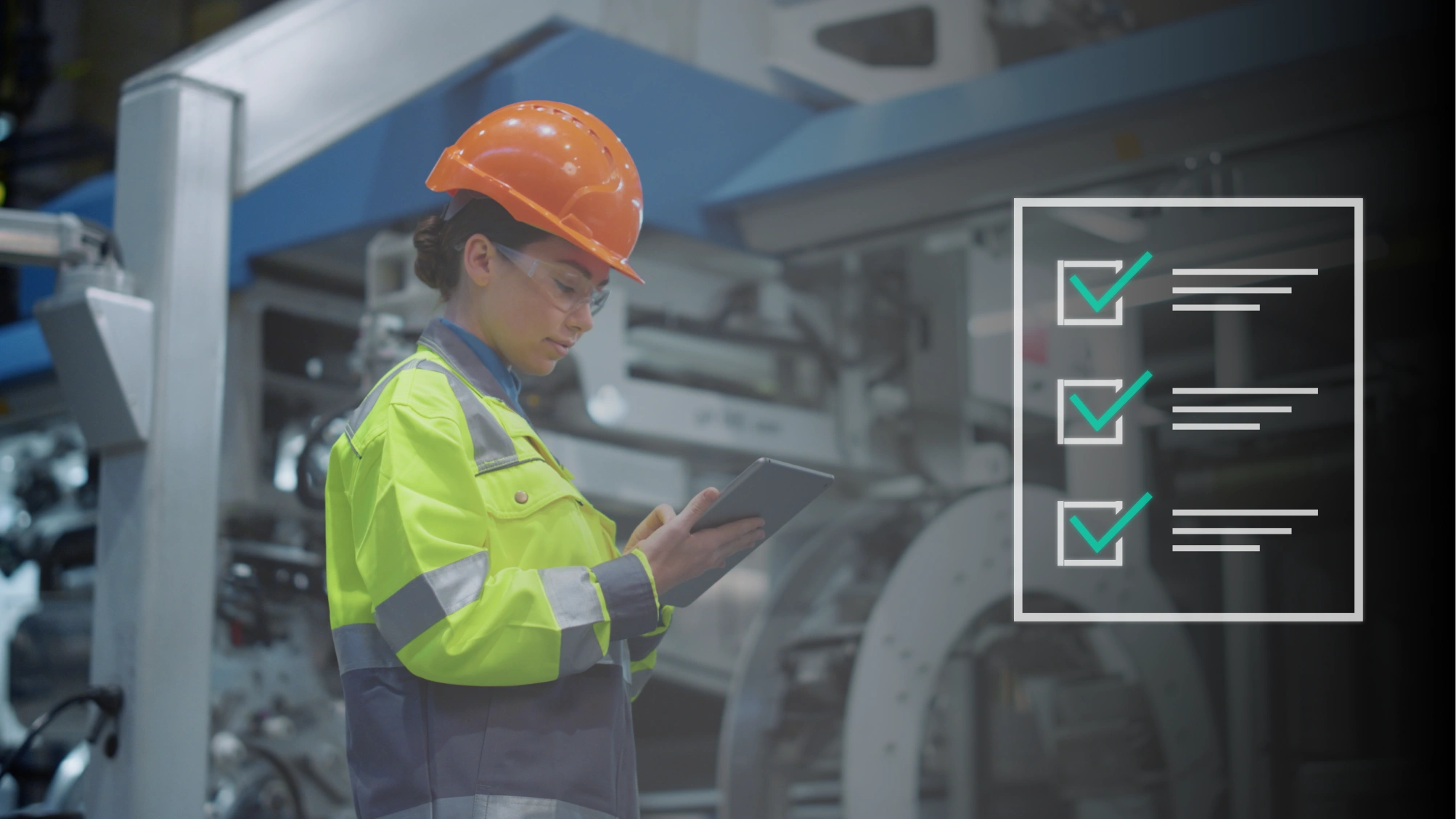
.webp)




.png)
.png)
.png)

.png)

